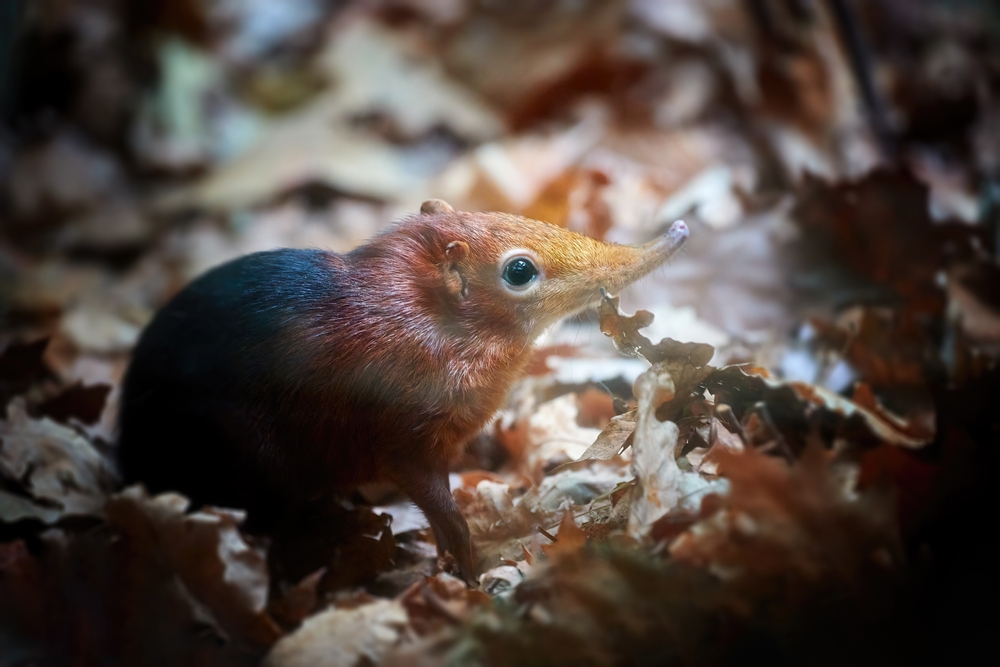Human Ancestors Must Have Co-Existed With Dinosaurs, Study Says
Posted on Categories Discover Magazine

For thousands of years now, mammals have held dominion over the land. But it wasn’t always this way. According to a new paper, early mammals evolved before a massive asteroid hit the planet 66 million years ago and therefore lived briefly in the shadow of the dinosaurs.
These hard-scrabble animals included the earliest relatives of humans, dogs, rabbits, cats and any mammal that gives birth with a placenta. They survived until an asteroid marked the end of the Cretaceous Period and the reign of larger dinosaurs. And then these early mammals exploded in diversity, leading to the world we see today.
Read More: The End of Dinosaurs: The End-Cretaceous Mass Extinction
New Conclusions From Old Fossils
The study published in Current Biology came to these conclusions through a statistical analysis of the existing fossil record, which comes from rocks younger than 66 million years ago, the paper says.
“We pulled together thousands of fossils of placental mammals and were able to see the patterns of origination and extinction of the different groups,” says Emily Carlisle, a researcher at the University of Bristol, in a press release. “Based on this, we could estimate when placental mammals evolved.”
Carlisle – along with other paleontologists from the University of Bristol and the University of Fribourg – identified seven mammalian families with fossils extending back to 66 million years ago, meaning they must have descended from a pre-asteroid common ancestor.
How Long Ago Did Mammals Evolve?
The paper wades into an ongoing debate as to when true placental mammals first evolved and whether they shared space with the dinosaurs. Theories, and permutations of them, abound. Experts have proposed an “explosive” model in which mammalian evolution waits patiently for dinosaurs to exit the stage and then explodes.
The “short fuse” model assumes that the process began deep in the Cretaceous, whereas the “long fuse” and “soft explosive” versions conclude it began later in the period.
The paper says its findings support the latter two theories that claim a brief overlap between dinosaurs and mammals.
The Debate Over Ancient Shrews
The paper rejects a high-profile fossil specimen, Brasilodon quadrangularis, that other researchers claim provides evidence of placental mammalian life going back 225 million years ago, to the Triassic Period. The shrew-like animal would have likely burrowed in the ground, living in the literal shadows of the dinosaurs.
The B. quadrangularis paper has attracted a fair number of critics who say the animal is an early mammalian relative but not a mammal itself. The analyzed fossils consist of three jaw bones, one juvenile and two adults, all belonging to a roughly 8-inch animal that once lived in Brazil. When the researchers cut into the jaw, they found evidence of a second set of developing teeth, or a process called diphyodont.
Mammals have this trait, whereas other species, such as lizards, have polyphyodont, or the ability to repeatedly replace teeth. Humans lose their first full set (their “baby teeth”) between the ages of 6 and 12 before receiving their second.
The new paper also passes over another shrew-like animal of note, the genus Morganucodon, which lived up to 205 million years ago. The long-nosed insect-eaters are often classified as mammalian form animals, or ancestors to modern-day mammals.
Read More: Mammals Weighing Just A Pound Evolved After Dinosaur Extinction